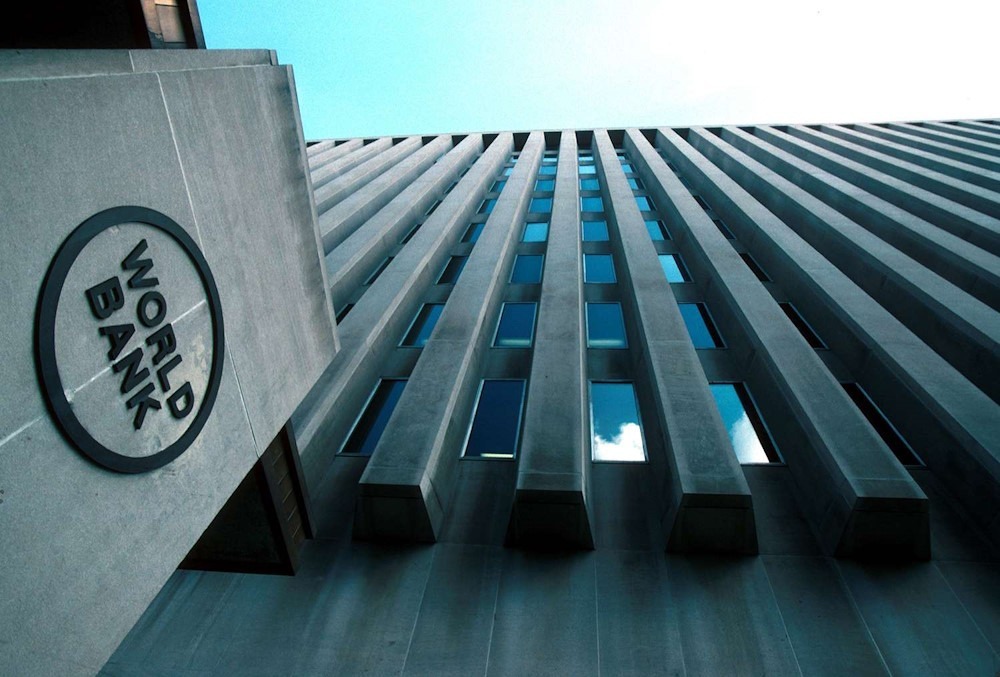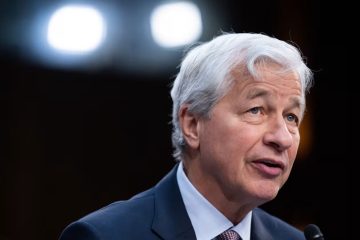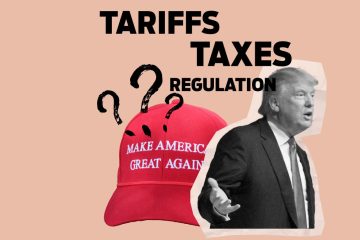Interest rate reductions could be postponed: World Bank

The World Bank has stated that global commodity prices are projected to decrease this year and next, but they will still stay significantly higher than the levels before the pandemic. This will pose challenges for central banks in their efforts to reduce inflation and implement more flexible monetary policies.
According to the bank’s latest assessment, commodity prices experienced a significant decline of about 40% from June 2022 to June 2023, resulting in a fall of over two percentage points in worldwide inflation. However, since then, commodity prices have largely stayed stable.
The primary factor contributing to disinflation, which is the decline in commodity prices, has encountered a significant obstacle. According to Chief Economist and Senior Vice President Indermit Gill, this implies that interest rates may stay elevated beyond the present expectations for this year and the following year.
In a recent interview with CNBC, Christine Lagarde, President of the European Central Bank, emphasized the need for the central bank to closely monitor changes in commodity prices, specifically in the energy and food sectors, due to their immediate and significant influence on inflation.
The European Central Bank (ECB) stated its intention to commence a reduction of its primary interest rate in June, although the Federal Reserve (Fed) suggested that cuts are more likely to occur at a later stage in the year, after recent data that indicates robust economic activity in the United States.
The World Bank predicts that its commodity price index will decrease by 3% this year and 4% next year. Despite this decline, the index is expected to remain approximately 38% higher than the average from 2015 to 2019. This comes at a time when inflation in many nations is still over the desired levels.
The organization attributes the persistent increase in prices, despite weak economic development, mostly to increased geopolitical threats, limited supplies of many industrial commodities, and rising demand for basic metals driven by clean-energy technology.
The primary potential for prices to increase is a regional escalation of the crisis in the Middle East, which might lead to global inflation and additional postponement of monetary easing. The World Bank stated that there is a possibility of several negative consequences. If there is an escalation of war involving important oil producers, it might lead to a reduction in extraction and exports in the region, which would quickly decrease the world oil supply.
Trade disruptions in the Strait of Hormuz, a crucial oil conduit connecting the Persian Gulf to the Arabian Sea, would lead to significant price hikes, impacting crude oil, liquefied natural gas, and fertilizers.
According to the World Bank, if there are moderate disruptions in the supply of Brent, the worldwide oil standard, the average price might go to $92 per barrel this year. However, if there is a more severe disruption, prices could go beyond $100 per barrel, leading to a global inflation increase of nearly one percentage point.
Additional potential positive factors include a decrease in U.S. energy supply and the potential failure of shale oil producers to achieve output goals. This is due to the industry’s present tendency to give a larger amount of profits to shareholders rather than reinvesting them in extraction, according to the bank. Conversely, if OPEC+ restrictions are lifted more quickly than expected and global economic growth falls short of expectations, this might have a negative impact on the price of oil.
Crude benchmarks had a substantial increase last week following reports of Israel’s retaliatory strike against Iran, which heightened concerns of a broader regional conflict. However, they quickly declined when indications of de-escalation emerged. In early April, the price of Brent crude oil skyrocketed to $91, which is over $34 per barrel higher than the average price between 2015 and 2019. The current price of the worldwide oil benchmark is approximately $87 per barrel, while the U.S. oil gauge, West Texas Intermediate, is trading at roughly $83 per barrel.
Additionally, the expectation of prolonged higher interest rates further reinforces a pessimistic outlook. This is because lower borrowing expenses generally encourage economic activity and increase the demand for crude oil. Economists currently anticipate that the Federal Reserve will commence reducing interest rates in September, which is later than the European Central Bank and the Bank of England.
Assuming there are no disruptions in the supply due to conflicts, the World Bank predicts that the average price of Brent crude oil will be $84 per barrel in 2024, which is an increase from $83 per barrel last year. Furthermore, they anticipate that the price will further rise to $79 per barrel in 2025 due to better supply conditions.
The projected increase in oil output for this year is 0.8 million barrels per day, which is less than half of the growth observed in 2023. The primary factor behind this growth is the supply from the United States. The rate of growth in consumption is projected to decrease to approximately 1.2 million barrels per day, and is predicted to slow down even more next year. This is due to the anticipated reduction of OPEC+ production cutbacks, which will lead to an increase in output and the accumulation of stockpiles.
European natural-gas prices are predicted to decrease by about 28% this year because there is a lot of gas in storage. However, they are expected to recover in 2025. On the other hand, U.S. natural-gas prices are expected to decrease somewhat before increasing by almost 46% next year. This increase is due to the construction of new LNG terminals, which will make it easier to export natural gas. The current trade price for Dutch TTF benchmark pricing is approximately EUR29 per megawatt-hour.
The World Bank has stated that food prices are projected to decrease in the coming year due to increased supply and the moderation of El Nino meteorological conditions. Additionally, fertilizer prices are likely to decline as a result of reduced costs for inputs like natural gas.
Metals like copper and aluminum are expected to increase in value due to the growing need for electricity-grid infrastructure, electric vehicles, solar panels, and other renewable-power equipment.










